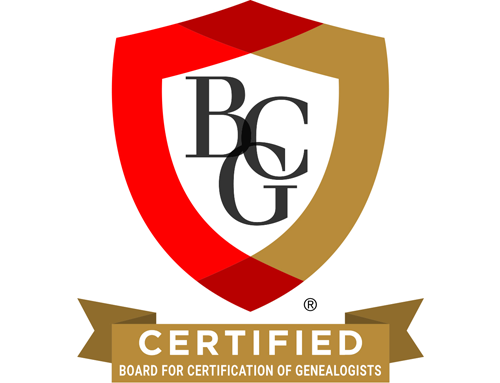SpringBoard, an official blogger for the 2017 National Genealogical Society (NGS) Family History Conference, is pleased to offer a review of this BCG Skillbuilding lecture, presented 13 May 2017.
S401, Vic Dunn, CG®, “How Old Was Grandpa? Estimating Ancestral Birth Dates”
By Nicki Peak Birch, CG®
Those who were willing to attend Victor Dunn’s 8 a.m. lecture on the last day of the NGS Conference were treated to an interesting and informative talk. Dunn discussed how to estimate ages during the era before vital records were readily available. He focused on record types and life cycles with frequent examples to emphasize his points.
Dunn’s discussion of record types ranged from the pre-1850 censuses to tax lists, court records, deeds, wills, and more. He showed how to use a series of the pre-1850 censuses to determine a birth range. He reconstructed a family with ten children, of whom only one son was named in the father’s will, just by using census records.
Dunn noted that he was most familiar with Virginia law and recommended becoming familiar with the law of the state being researched. In Virginia, someone as young as fourteen could be a witness, become an executor at seventeen, and write a will or sell land at twenty-one.
Dunn explained that life cycles also help to estimate ages. Albion’s Seed: Four British Folkways in America, published in 1989 by David Hackett Fischer, gives the average age at marriage for men and women in the four groups of people studied. This allows the researcher to estimate an age for an ancestor if the year of his/her marriage is known. Women’s fertility is also fairly standard, ranging from age fifteen to forty-five, with two or three years between births.
Recommended!
A recording of this lecture may be ordered from Playback Now www.playbackngs.com.
The words Certified Genealogist are a registered certification mark, and the designations CG, CGL, and Certified Genealogical Lecturer are service marks of the Board for Certification of Genealogists®, used under license by board certificants after periodic evaluation.

